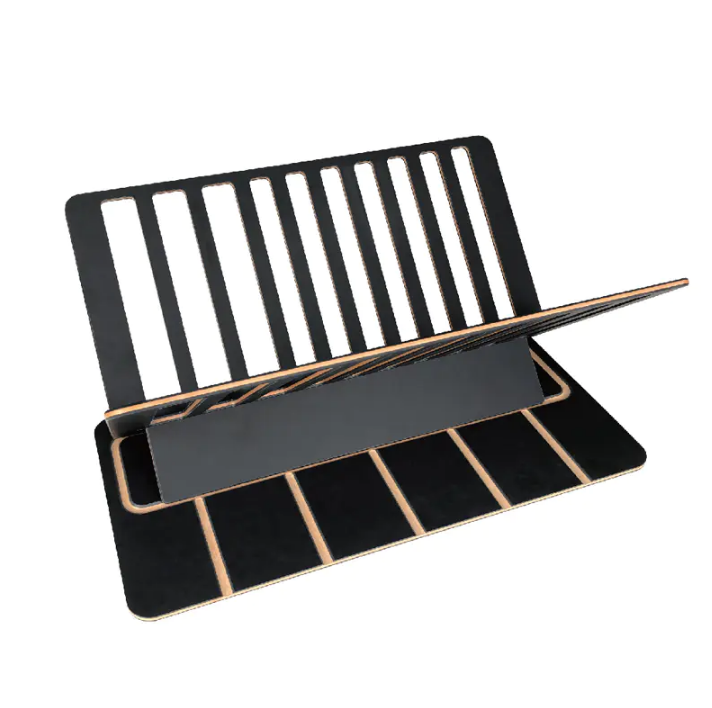Chopping boards have evolved significantly over the years, and current trends reflect a blend of functionality, style, and sustainability. Today’s suppliers are focusing on innovative designs that cater to modern culinary needs. One trend is the rise of multi-functional boards that serve various purposes, such as chopping, serving, and even food presentation.
Material innovation is also noteworthy. Eco-friendly options, such as bamboo and recycled materials, are becoming increasingly popular. These materials not only provide durability but also appeal to environmentally conscious consumers. Suppliers who emphasize sustainable sourcing are likely to attract a growing market of eco-aware customers.
Another design trend is the incorporation of aesthetic elements. Many chopping boards now feature unique patterns or colors that can complement kitchen decor. Customizable options, where consumers can choose engravings or designs, are also gaining traction. This personalization allows for a more individual touch in kitchen tools.
Ergonomics and functionality are key considerations in modern chopping board design. Suppliers are introducing boards with built-in juice grooves to catch liquids and prevent messes. Some boards also feature handles or grips for easier handling and storage.
In summary, trends in chopping board design focus on functionality, sustainability, and aesthetics. Choosing a supplier that embraces these trends can enhance both the practicality and visual appeal of your kitchen tools, making cooking a more enjoyable experience.
